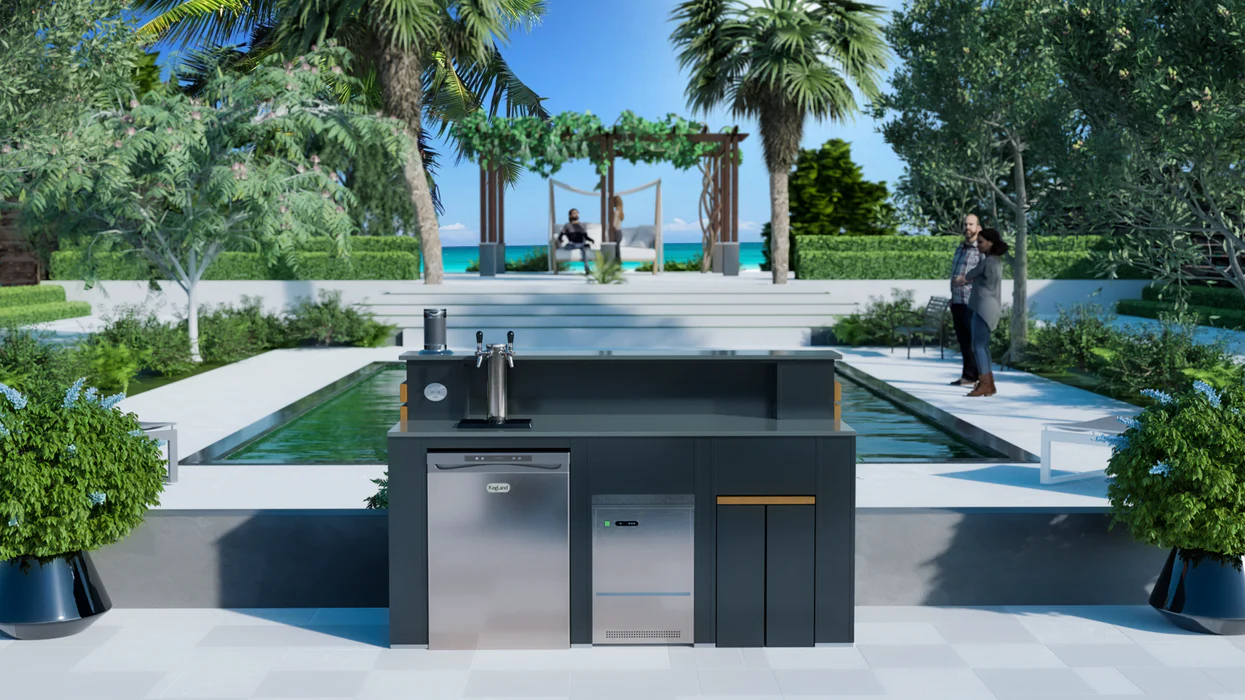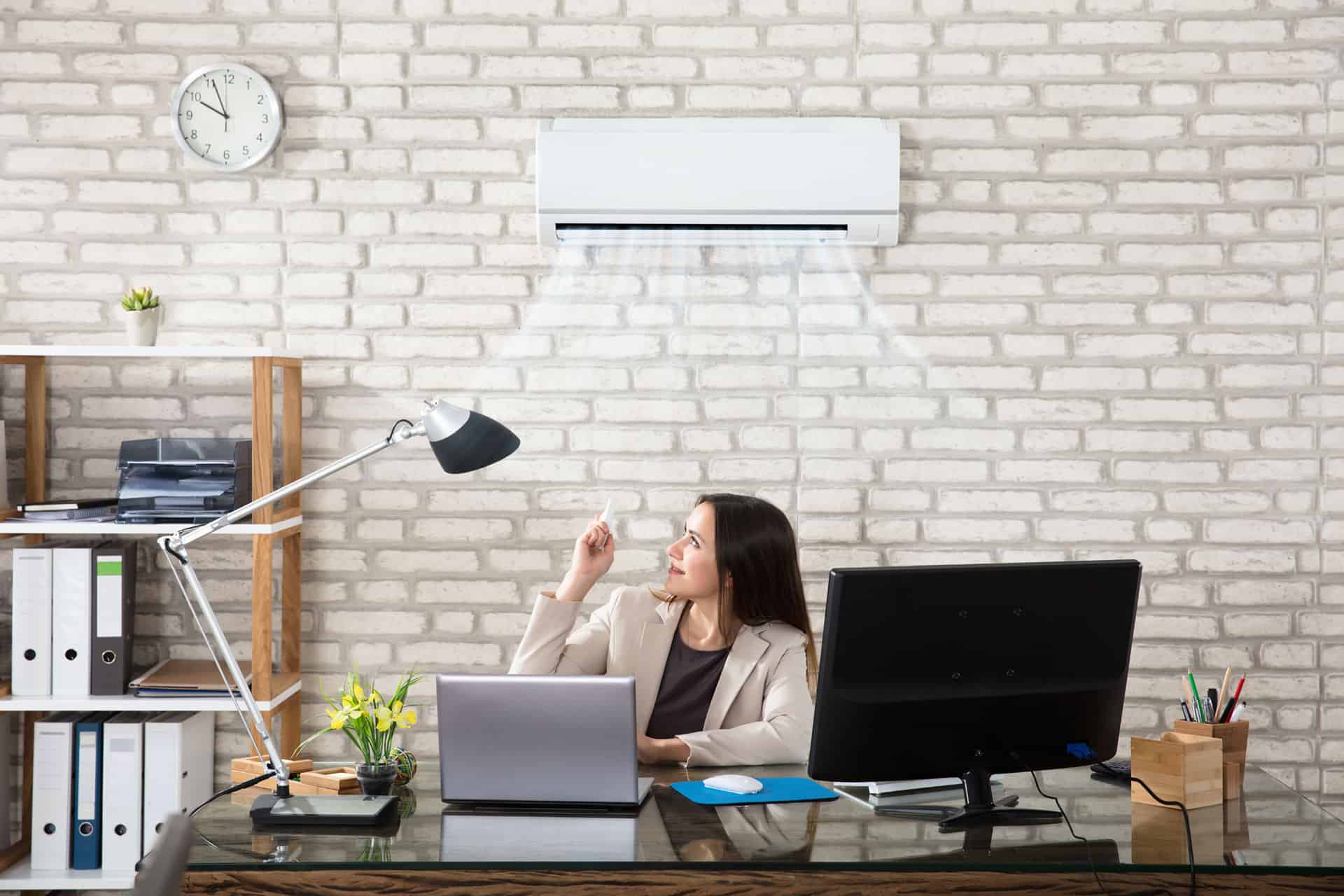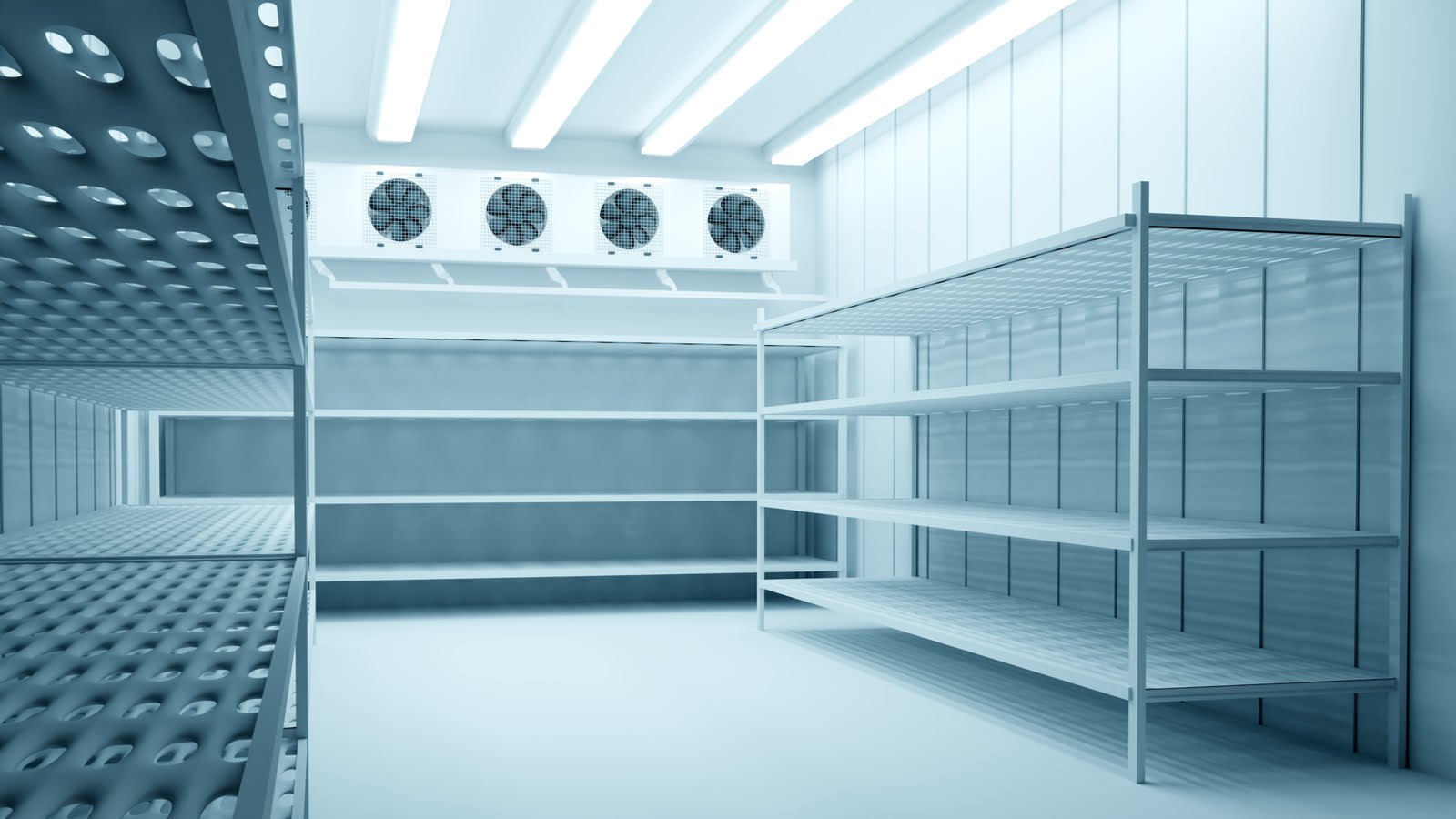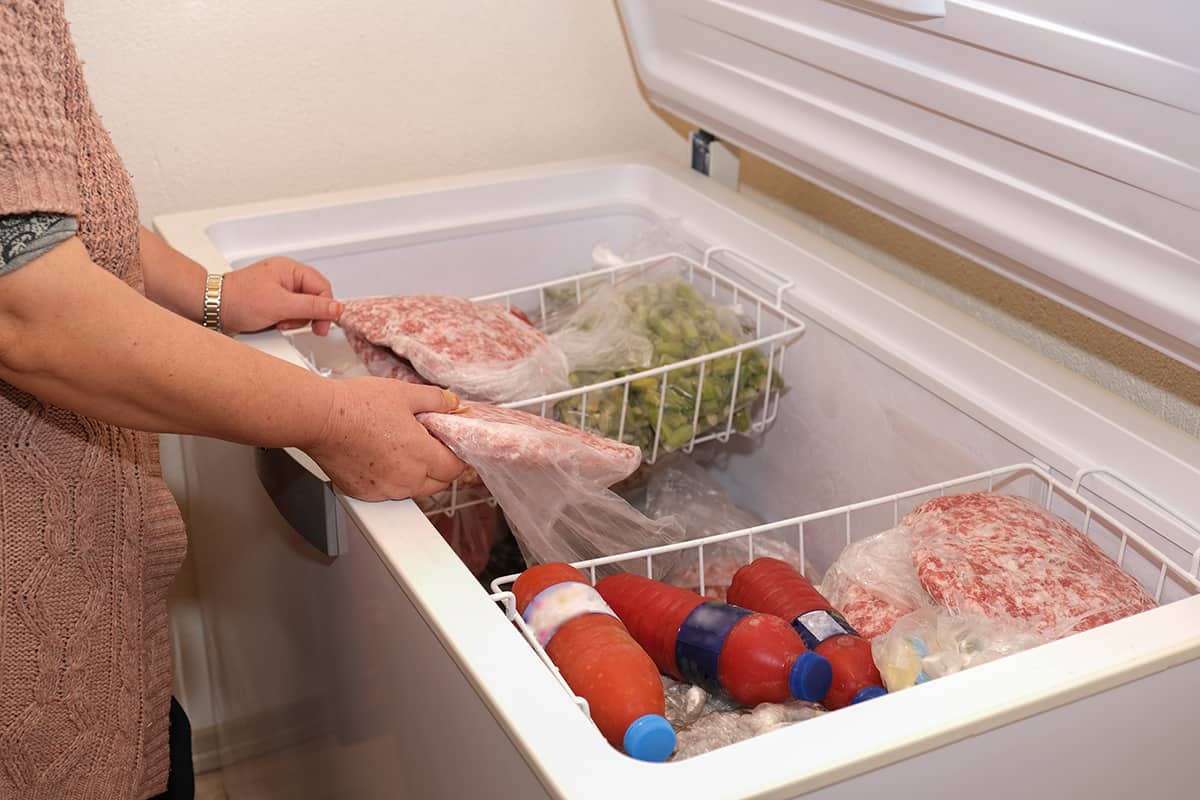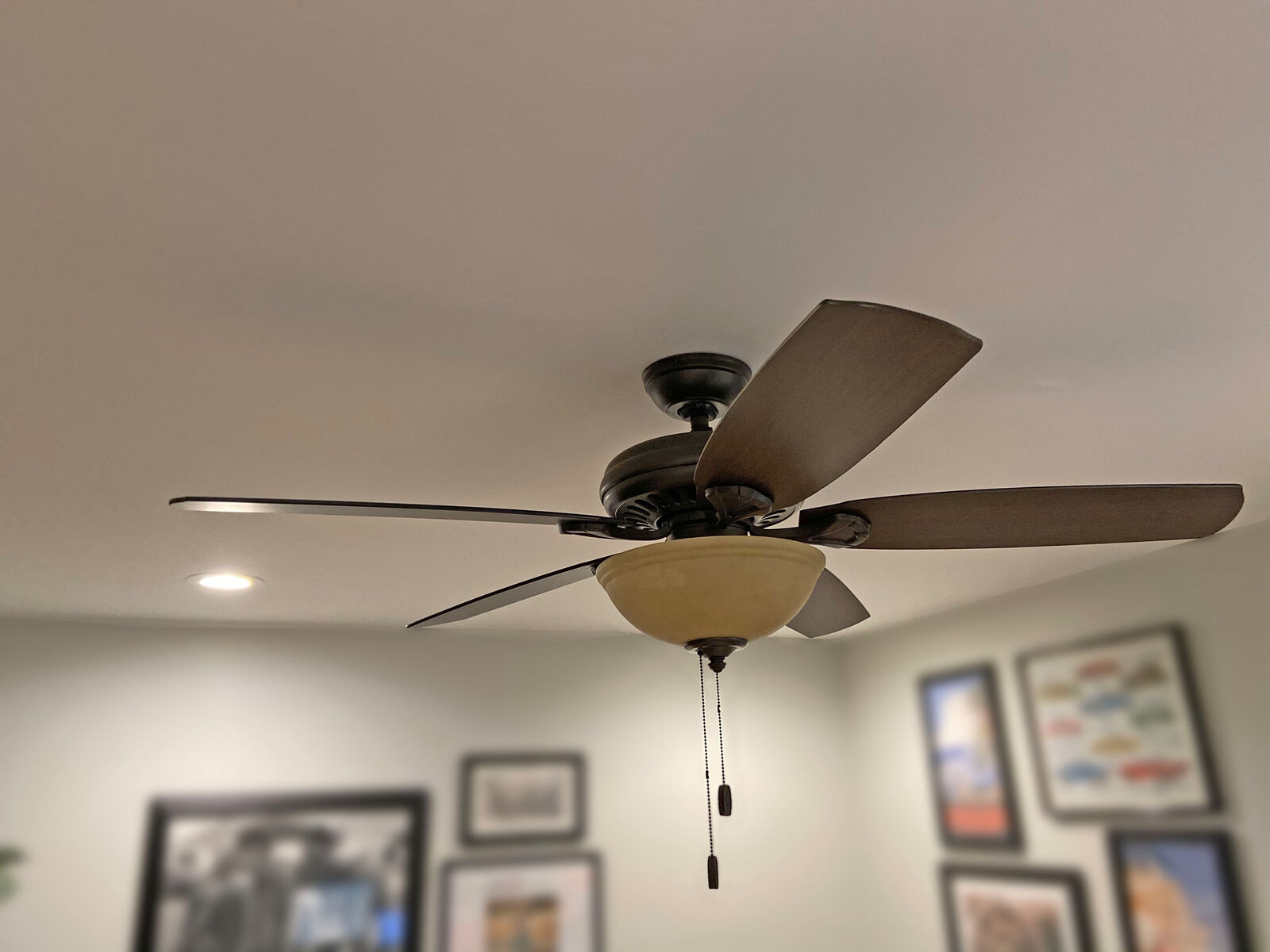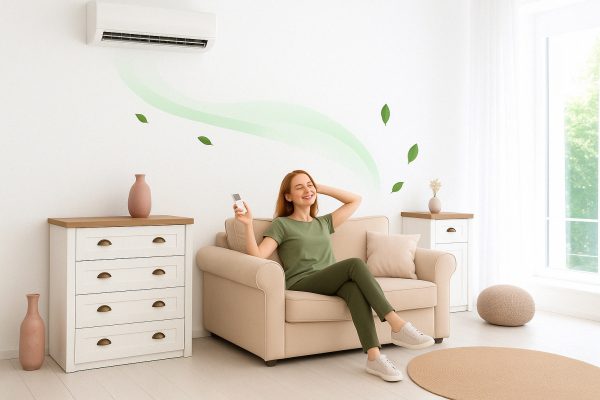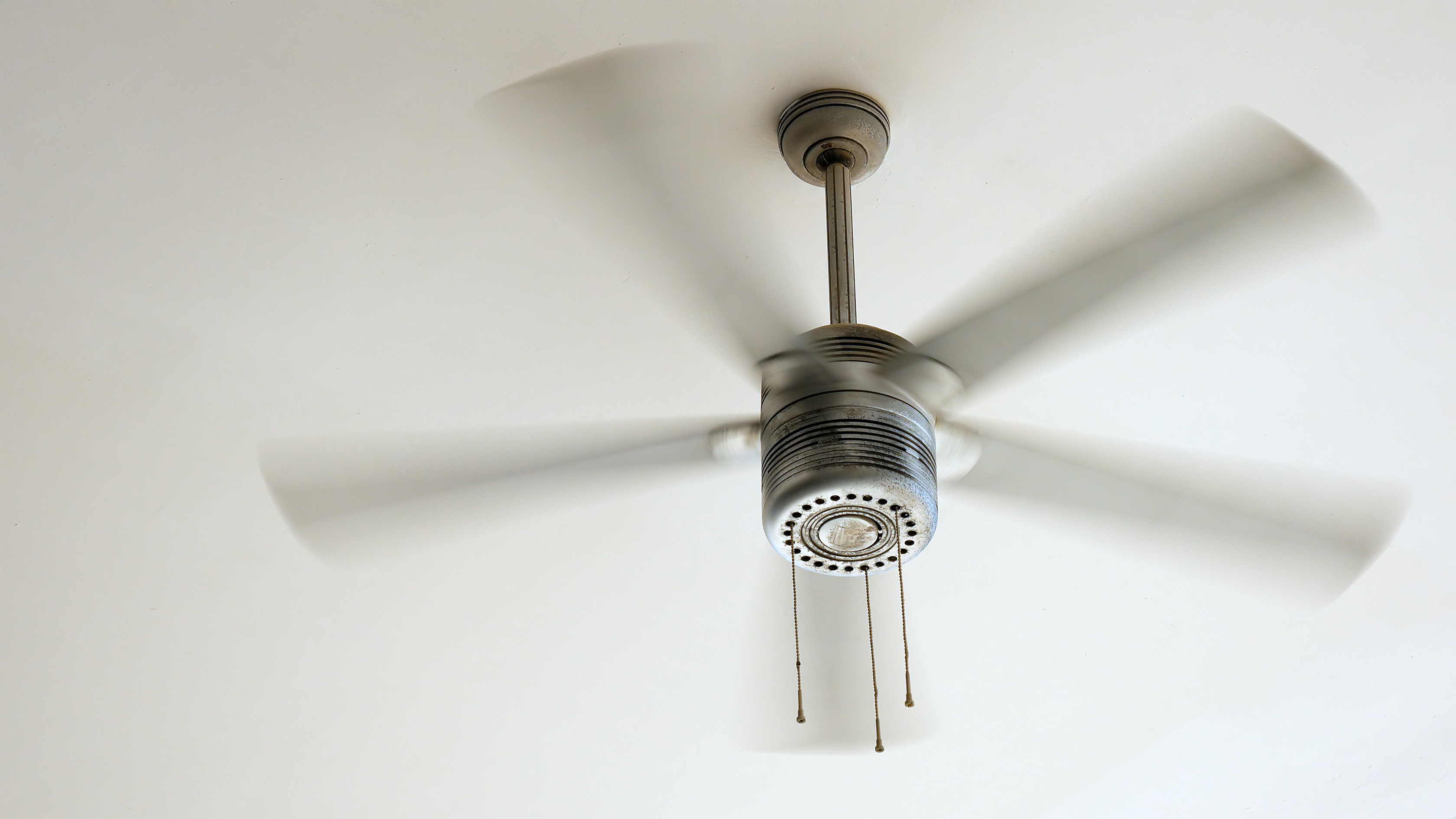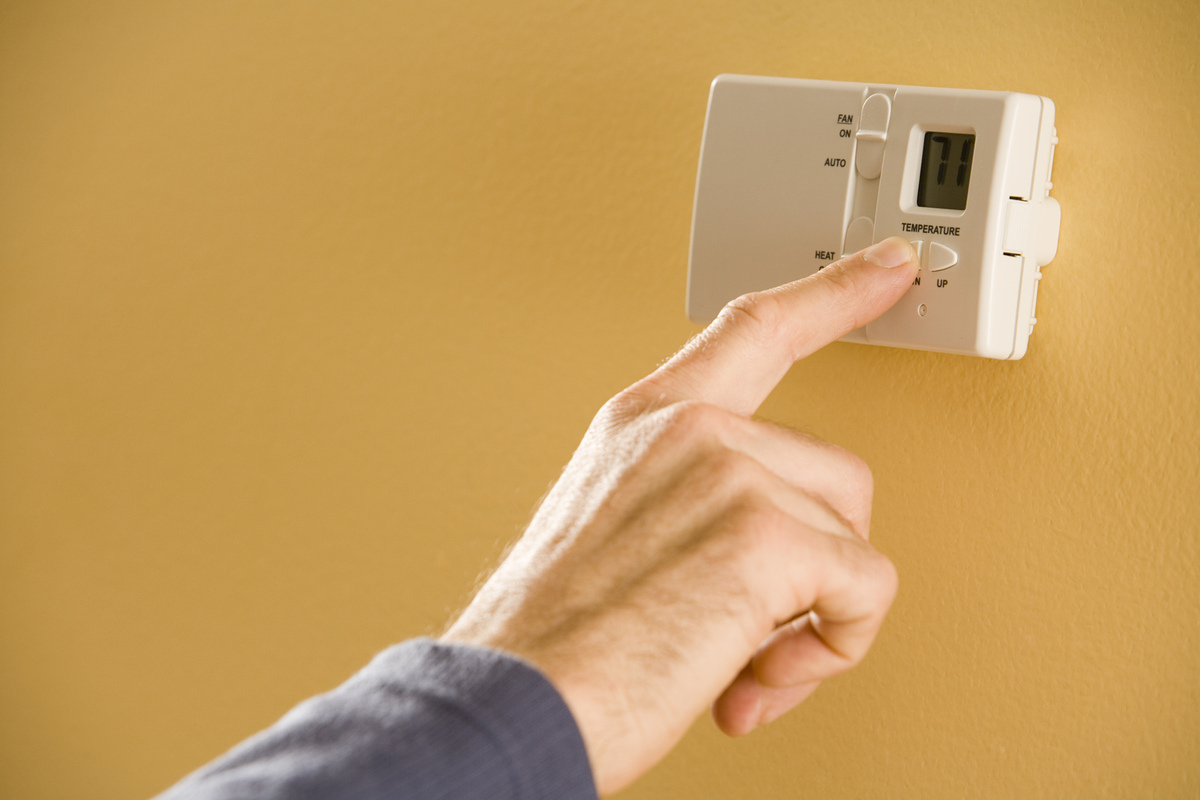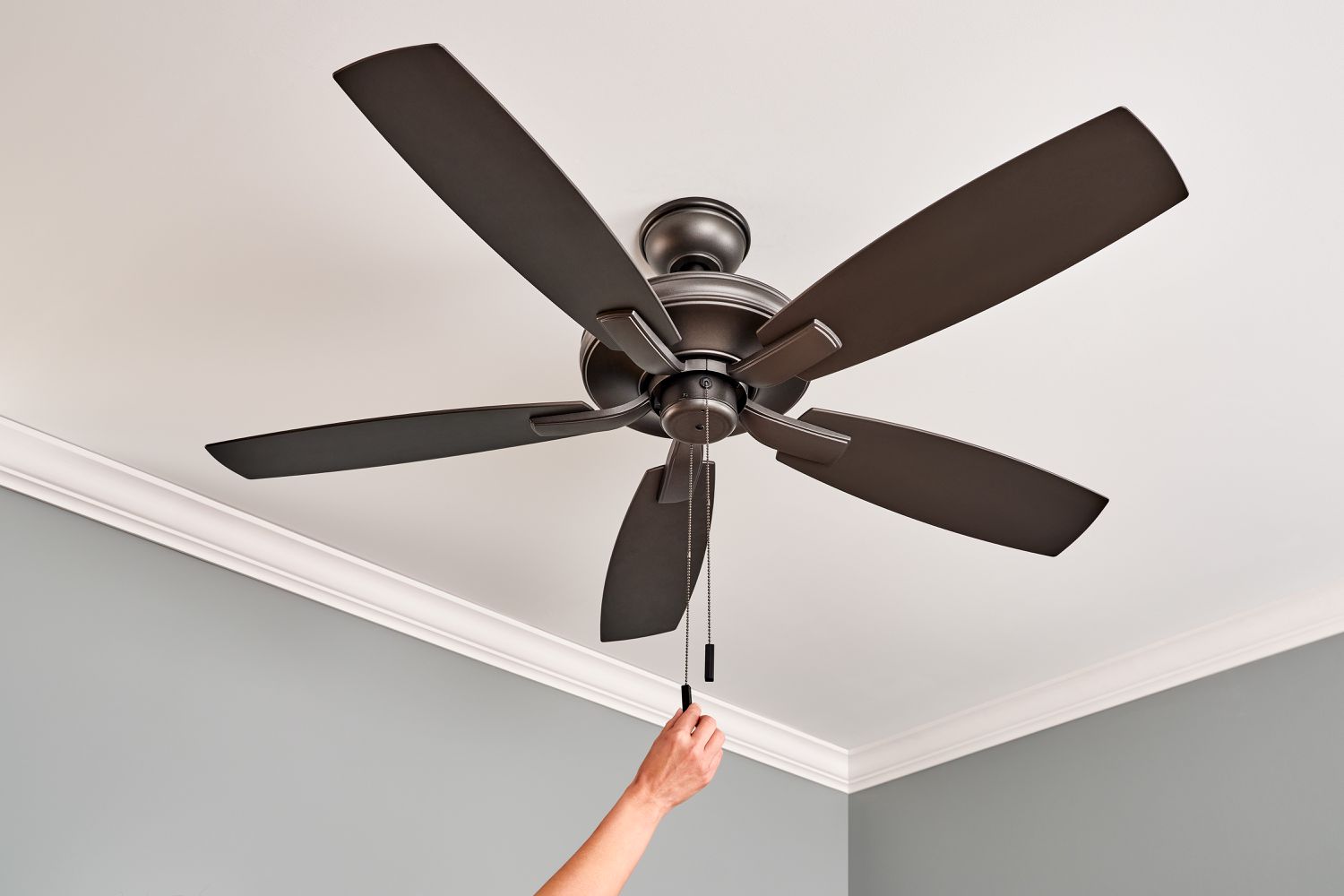Home>Home Maintenance>What Temperature Should The Air Conditioner Be Set At In Summer
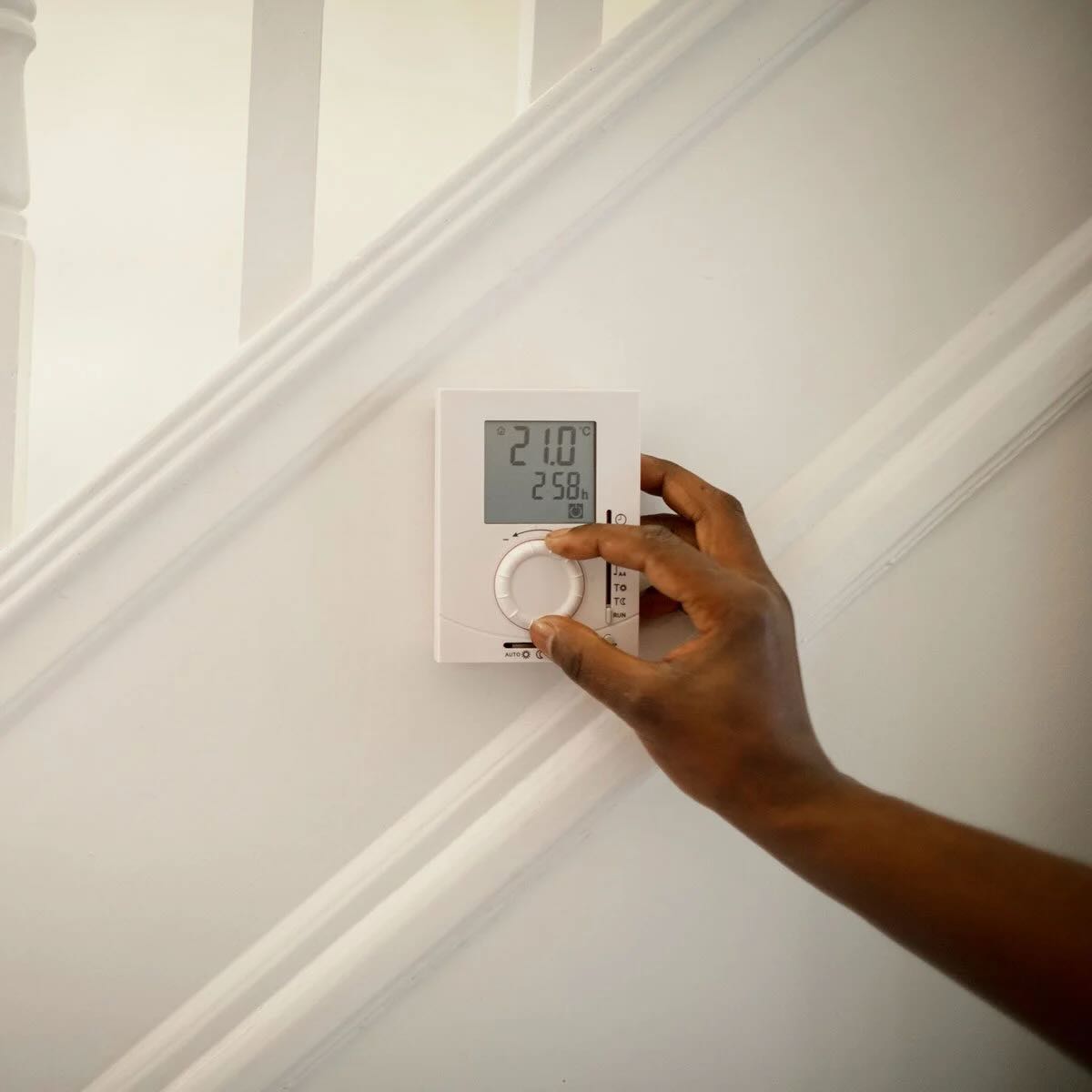

Home Maintenance
What Temperature Should The Air Conditioner Be Set At In Summer
Modified: August 27, 2024
Find out the ideal temperature for your air conditioner during summer to ensure optimal home maintenance. Set the thermostat right with our expert tips!
(Many of the links in this article redirect to a specific reviewed product. Your purchase of these products through affiliate links helps to generate commission for Storables.com, at no extra cost. Learn more)
Introduction
Welcome to the summer season, where the scorching heat can make even the coolest of homes feel unbearable. Fortunately, we have air conditioners to provide relief from the sweltering temperatures outside. But have you ever wondered what temperature you should set your air conditioner to for optimal comfort and energy efficiency? In this article, we will delve into the factors to consider when setting the temperature, discuss the ideal temperature ranges, and provide some tips for maximizing the effectiveness of your air conditioner.
When it comes to setting the temperature of your air conditioner, it’s important to strike a balance between staying comfortable and minimizing energy consumption. Several factors come into play, including energy efficiency, comfort levels, and even health considerations. By understanding these factors, you can optimize the temperature settings of your air conditioner and improve your overall home experience during the summer months.
So, let’s dive in and explore the factors that should guide your decision on what temperature to set your air conditioner to.
Key Takeaways:
- Set your air conditioner to around 78°F (25.6°C) during the day for energy efficiency, and use fans and natural ventilation to stay cool while saving energy.
- Find a temperature between 72°F (22.2°C) and 78°F (25.6°C) for comfort, considering individual preferences, humidity levels, and personal comfort aids like fans and lightweight clothing.
Factors to consider when setting the temperature
When it comes to setting the temperature of your air conditioner, there are several important factors to consider. These include:
1. Energy efficiency:
One of the primary considerations when setting the temperature is energy efficiency. The lower you set the temperature, the harder your air conditioner has to work to cool the air, resulting in increased energy consumption and higher electricity bills. Setting the temperature just a few degrees higher can make a significant difference in energy savings.
2. Comfort levels:
Your comfort should also play a crucial role in determining the temperature setting. What feels comfortable to one person may feel too warm or too cold to another. It’s important to find a temperature that allows you to stay cool and comfortable without overusing the air conditioner.
3. Climate and humidity:
The climate and humidity levels in your area can influence the optimal temperature setting for your air conditioner. In hot and humid regions, you may need to set the temperature lower to combat the excess moisture in the air. However, in drier climates, you may find that a slightly higher temperature is still comfortable.
4. Time of day:
The time of day can also impact your temperature settings. During peak daylight hours, when the sun is at its strongest, you may need to set the temperature lower to offset the heat. However, during cooler evenings and nights, you can consider raising the temperature to conserve energy.
5. Occupancy of the room:
If a room is frequently occupied, it’s essential to set the temperature according to the number of people present. More people in a room generate body heat, which can increase the overall temperature. Adjusting the temperature accordingly can help maintain a comfortable environment for everyone.
By considering these factors, you can determine the ideal temperature for your air conditioner that strikes a balance between energy efficiency and comfort. In the next sections, we will discuss the optimal temperature ranges for various situations, including energy efficiency, comfort, and health considerations.
Optimal temperature for energy efficiency
Setting your air conditioner to the optimal temperature for energy efficiency can help lower your electricity bills and reduce your carbon footprint. Generally, the U.S. Department of Energy recommends setting the thermostat to 78°F (25.6°C) when you’re at home for efficient cooling.
By keeping your thermostat at this temperature, your air conditioner won’t have to work as hard to cool down your home, resulting in lower energy consumption. However, if this temperature feels too warm for you, you can gradually adjust it to find a temperature that strikes a balance between energy savings and comfort.
Additionally, it’s essential to make good use of other energy-saving tactics alongside temperature settings. Here are a few tips to maximize energy efficiency:
- Utilize programmable thermostats: Program your thermostat to automatically increase the temperature when you’re away from home or during the night. This can help save energy without sacrificing comfort.
- Close curtains and blinds: Keep your curtains or blinds closed during the hottest parts of the day to prevent the sun’s heat from entering your home and making it harder for your air conditioner to cool down the space.
- Use ceiling fans: Supplement your air conditioner’s cooling by using ceiling fans. Fans create a wind chill effect, making you feel cooler without lowering the temperature too much.
- Seal air leaks: Inspect your home for any gaps or air leaks around windows, doors, and vents. Properly sealing these areas will help prevent cooled air from escaping and hot air from entering your home.
- Maintain your air conditioner: Regularly clean and maintain your air conditioner to ensure it operates efficiently. Dirty filters and coils can reduce efficiency and put a strain on your system.
Remember, every degree you raise your thermostat can result in significant energy savings over time. By implementing these energy-saving strategies and finding the right temperature for your comfort, you can optimize energy efficiency while keeping your home cool during the summer months.
Optimal temperature for comfort
When it comes to setting the temperature for optimal comfort, personal preferences and individual variations play a significant role. However, there are general guidelines that can help create a comfortable indoor environment during the hot summer months.
For most individuals, a temperature range between 72°F (22.2°C) and 78°F (25.6°C) is considered comfortable. However, keep in mind that what feels comfortable to one person may not be the same for another. It’s important to find the temperature that suits your preferences and keeps you at ease.
Here are a few factors to consider when determining the optimal temperature for comfort:
- Humidity levels: High humidity can make the air feel muggy and uncomfortable, even if the temperature is within the preferred range. In humid regions, you may need to set the temperature slightly lower to compensate for the moisture in the air.
- Individual preferences: Some individuals may naturally feel warmer or cooler than others. Factors such as metabolism, clothing choices, and activity levels can all impact an individual’s perception of comfort. Experiment with different temperature settings to find what works best for you.
- Personal comfort aids: In addition to air conditioning, using fans, opening windows to let in a breeze (if the outside temperature is cooler), and wearing lightweight clothing can all contribute to the overall comfort in your home.
It’s important to note that setting the temperature too low in an attempt to feel cooler can result in discomfort and potential health issues, such as cold-like symptoms or respiratory problems. A moderate temperature within the recommended range, combined with other cooling methods, can provide a comfortable and enjoyable atmosphere.
Remember, the ideal temperature for comfort may vary for different individuals, so it’s crucial to find what works best for you and create a pleasant living environment in your home during the summer.
Optimal temperature for health
While comfort and energy efficiency are important factors to consider when setting the temperature of your air conditioner, it’s also essential to prioritize your health. Extreme temperatures, whether too hot or too cold, can have adverse effects on your well-being. Finding the optimal temperature for your health can help prevent heat-related illnesses and promote a comfortable and safe environment in your home.
The optimal temperature for health may vary depending on individual preferences and medical conditions. However, there are general guidelines to consider:
- Heat-related illnesses: Extremely high temperatures can lead to heat exhaustion or heatstroke, especially in vulnerable individuals such as the elderly, young children, and those with chronic illnesses. Keep your air conditioner set at a temperature that can help prevent overheating and dehydration.
- Sleep quality: Maintaining a cooler temperature at night can promote better sleep. The National Sleep Foundation recommends setting the thermostat between 60°F (15.6°C) and 67°F (19.4°C) for optimal sleep conditions. However, it’s important to find a temperature that works best for your personal comfort.
- Allergies and respiratory conditions: Setting the temperature too low can cause dryness in the air, which may aggravate allergies or respiratory conditions such as asthma. Aim for a moderate temperature that balances comfort and humidity levels to promote respiratory health.
- Humidity control: High humidity levels can create an ideal environment for mold growth and may trigger allergies or respiratory problems. Consider using a dehumidifier alongside your air conditioner to maintain optimal humidity levels, typically between 30% and 50%.
It’s important to listen to your body and be aware of any signs of discomfort or health issues. If you or your family members experience symptoms such as dizziness, headaches, or difficulty breathing, it may be an indication that the temperature is not suitable for your health.
Consulting with a healthcare professional can provide personalized advice based on your specific health needs. Taking steps to maintain a comfortable and healthy indoor environment, especially during the hot summer months, is crucial for your overall well-being.
Adjusting the temperature at night
When it comes to setting the temperature for your air conditioner at night, finding the right balance between comfort and energy efficiency is crucial. Adjusting the temperature can not only help you sleep better but also save on energy costs. Here are some tips for optimizing the temperature at night:
- Lower the temperature slightly: As you prepare for sleep, consider lowering the temperature a few degrees below your daytime setting. A slightly cooler room can promote better sleep, as the body naturally cools down during the night.
- Use programmable thermostats: Take advantage of programmable thermostats that allow you to schedule temperature changes throughout the day. Set the thermostat to start raising the temperature gradually during the night, so that it reaches a comfortable level by the time you wake up.
- Consider using fans: Instead of relying solely on your air conditioner, you can use fans to circulate cool air in your bedroom. Ceiling fans or portable fans can create a gentle breeze and provide additional comfort without consuming as much energy as running the air conditioner at a lower temperature.
- Utilize natural ventilation: If the outdoor temperature drops at night, consider opening windows or using fans to bring in fresh, cooler air. This can help naturally cool down your home and reduce the need for excessive use of your air conditioner.
- Optimal bedding and clothing: Use lightweight, breathable bedding materials such as cotton or bamboo to help regulate body temperature during the night. Similarly, wearing light, moisture-wicking sleepwear can promote comfort and prevent excessive sweating.
By making small adjustments to the temperature at night, you can create a more comfortable sleeping environment while optimizing energy efficiency. Experimenting with different temperature settings and finding what works best for you can help you wake up feeling refreshed and rested.
Tips for maximizing the effectiveness of your air conditioner
An air conditioner plays a vital role in keeping your home cool and comfortable during the hot summer months. To ensure that your air conditioner operates at its maximum effectiveness and efficiency, consider implementing the following tips:
- Regular maintenance: Schedule regular maintenance for your air conditioner to keep it running smoothly. This includes cleaning or replacing filters, inspecting and cleaning coils, and checking for any leaks or damaged components. Regular maintenance helps ensure optimal airflow and energy efficiency.
- Seal air leaks: Check your home for any air leaks around windows, doors, or ductwork. Seal these gaps with weatherstripping or caulk to prevent cool air from escaping and hot air from entering, allowing your air conditioner to cool your home more effectively.
- Use ceiling fans: Use ceiling fans in conjunction with your air conditioner to help circulate cool air. Running a ceiling fan can create a wind chill effect, making you feel cooler and reducing the need for excessively low temperatures on your air conditioner.
- Utilize zone cooling: If your home has multiple cooling zones or rooms, consider using a zoning system that allows you to adjust the temperature individually in each area. This can help optimize comfort and reduce energy waste in unused or less frequently occupied spaces.
- Install a programmable thermostat: A programmable thermostat allows you to set different temperature profiles for different times of the day. This can help you save energy by automatically adjusting the temperature when you’re away from home or asleep, while still ensuring comfort when you need it.
- Utilize natural shade: Keep blinds, curtains, or shades closed during the day to block out direct sunlight and heat. This helps prevent your air conditioner from working harder to cool the space and can significantly reduce the load on the system.
- Avoid heat-generating activities: Minimize heat-generating activities, such as running the oven or dryer during the hottest parts of the day. These activities can increase the temperature in your home and cause your air conditioner to work harder to maintain a comfortable temperature.
- Avoid placing heat-emitting devices near the thermostat: Heat-emitting devices, such as lamps or electronics, can influence the thermostat’s temperature readings and cause your air conditioner to cycle on unnecessarily. Keep such devices away from the thermostat to ensure accurate temperature control.
By implementing these tips, you can maximize the effectiveness of your air conditioner, improve energy efficiency, and create a more comfortable living environment during the summer season.
Set your air conditioner to a comfortable temperature between 72-78°F in the summer. This will keep you cool while also saving energy and money.
Conclusion
Setting the temperature of your air conditioner is an important decision that involves balancing energy efficiency, comfort, and health considerations. By taking into account factors such as energy efficiency, individual comfort preferences, climate, and occupancy, you can determine the optimal temperature for your air conditioner.
For energy efficiency, consider setting your air conditioner to around 78°F (25.6°C) during the day when you’re at home. This temperature helps reduce energy consumption while keeping your home comfortably cool. Implementing additional energy-saving tactics such as programmable thermostats, closing curtains, and maintaining your air conditioner can further improve efficiency.
When it comes to comfort, aim for a temperature range between 72°F (22.2°C) and 78°F (25.6°C), taking into account individual preferences, humidity levels, and personal comfort aids such as fans. Finding the right balance will help you stay comfortable and enjoy your living space during the hot summer months.
Considering health concerns, prioritize a temperature that promotes good sleep, prevents heat-related illnesses, and maintains appropriate humidity levels to avoid respiratory issues. Adjusting the temperature at night to a slightly cooler range, using fans, and keeping humidity in check can contribute to your overall health and well-being.
Additionally, implementing tips such as regular maintenance, sealing air leaks, utilizing ceiling fans, and using programmable thermostats can maximize the effectiveness of your air conditioner. These strategies help optimize airflow, improve temperature control, and reduce energy waste.
In conclusion, finding the right temperature for your air conditioner involves a thoughtful consideration of energy efficiency, comfort, and health. By understanding the factors at play and implementing the tips outlined in this article, you can strike a balance that keeps you cool, saves energy, and promotes a comfortable and healthy living environment during the summer season.
Frequently Asked Questions about What Temperature Should The Air Conditioner Be Set At In Summer
Was this page helpful?
At Storables.com, we guarantee accurate and reliable information. Our content, validated by Expert Board Contributors, is crafted following stringent Editorial Policies. We're committed to providing you with well-researched, expert-backed insights for all your informational needs.
